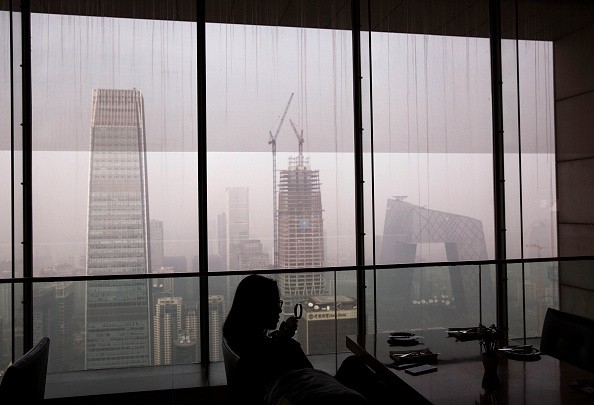In an effort to improve air quality for the long run in the Chinese capital, Beijing’s environmental watchdog is drafting a long-term plan that aims to restore the air quality to clean level by 2030, China Daily reported.
In 2015, Beijing reached its annual target for reducing hazardous pollutants. The capital experienced 186 days of air quality that's better than the national standard, said the Beijing Environmental Protection Bureau on Monday, Jan. 4.
The annual average reading of PM2.5 particles in Beijing also fell to 80.6 micrograms per cubic meter, as stated in the bureau's annual report on air pollution control. This reflects a 6.2-percent year-on-year decrease, well beyond the annual goal of 5 percent.
Despite the impressive results, the reading was still above the national safety standard of 75 micrograms per cubic meter.
"PM2.5 pollution is still the prominent problem in Beijing and requires strengthened efforts," said Fang Li, deputy director of the bureau, in an interview with China Daily.
Aside from PM2.5 reduction, Beijing was also able to reduce three other major airborne pollutants: PM10, sulfur dioxide and nitrogen oxide.
The reading for sulfur dioxide in particular fell to 13.5 micrograms per cubic centimeter, which is significantly lower than the national safety standard of 60 micrograms per cubic centimeter.
Despite the figures, locals want to see "real improvement."
"I didn't feel the clear improvement in air quality in the winter, and many of my friends and colleagues have coughed and experienced sore throats due to the bad air recently," said Chen Yang.
Li Li, a 52-year-old civil servant in Beijing, echoed the same sentiments. "When might we feel the real improvement, instead of the data?"




























